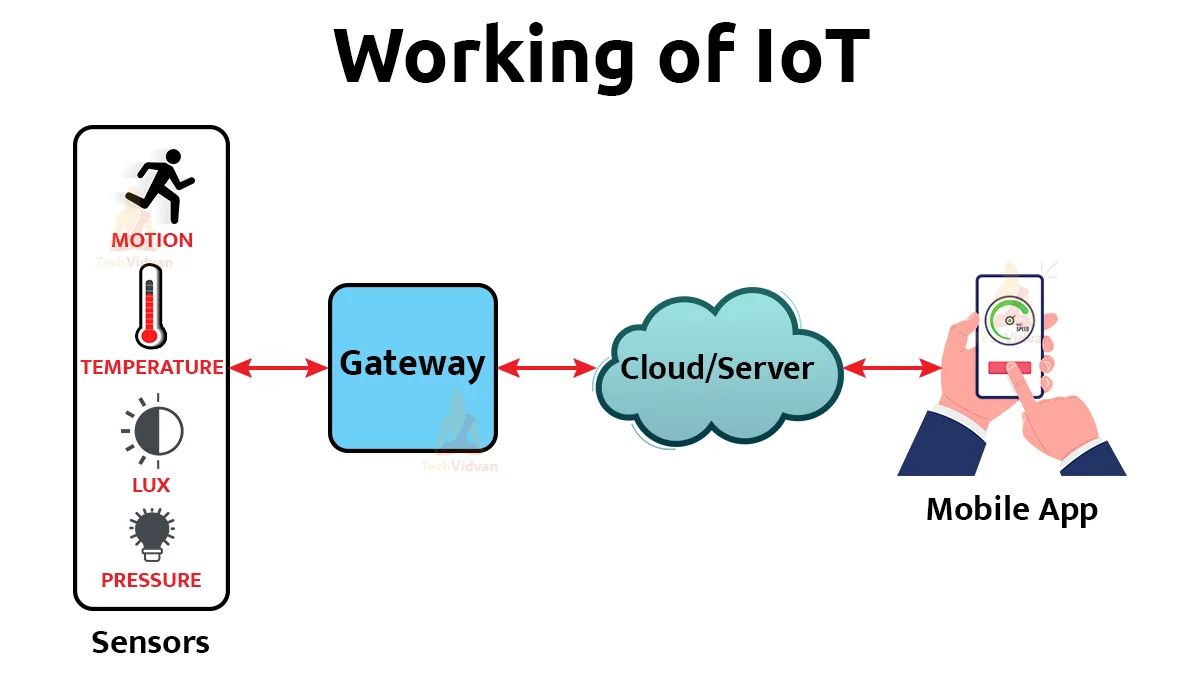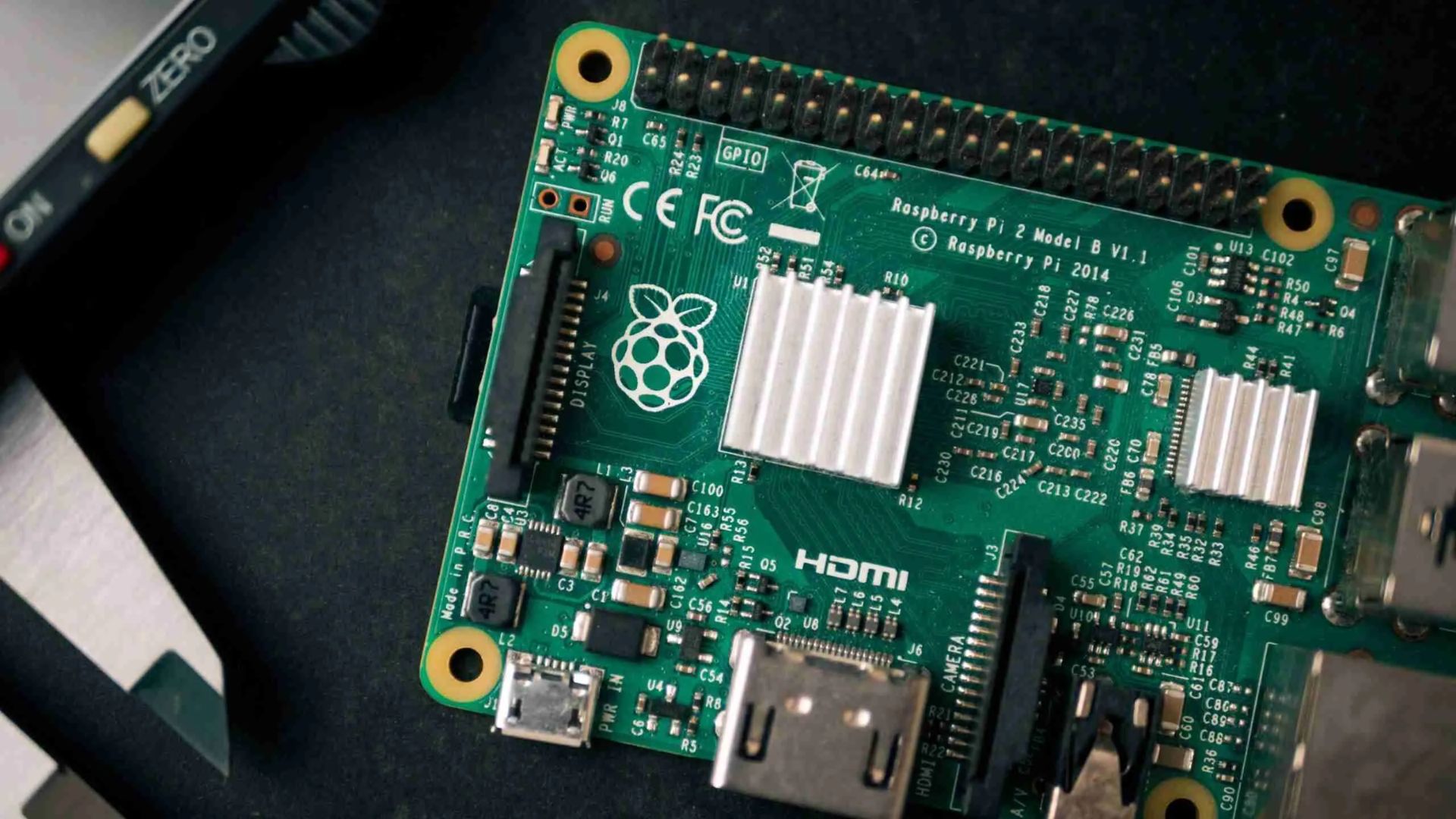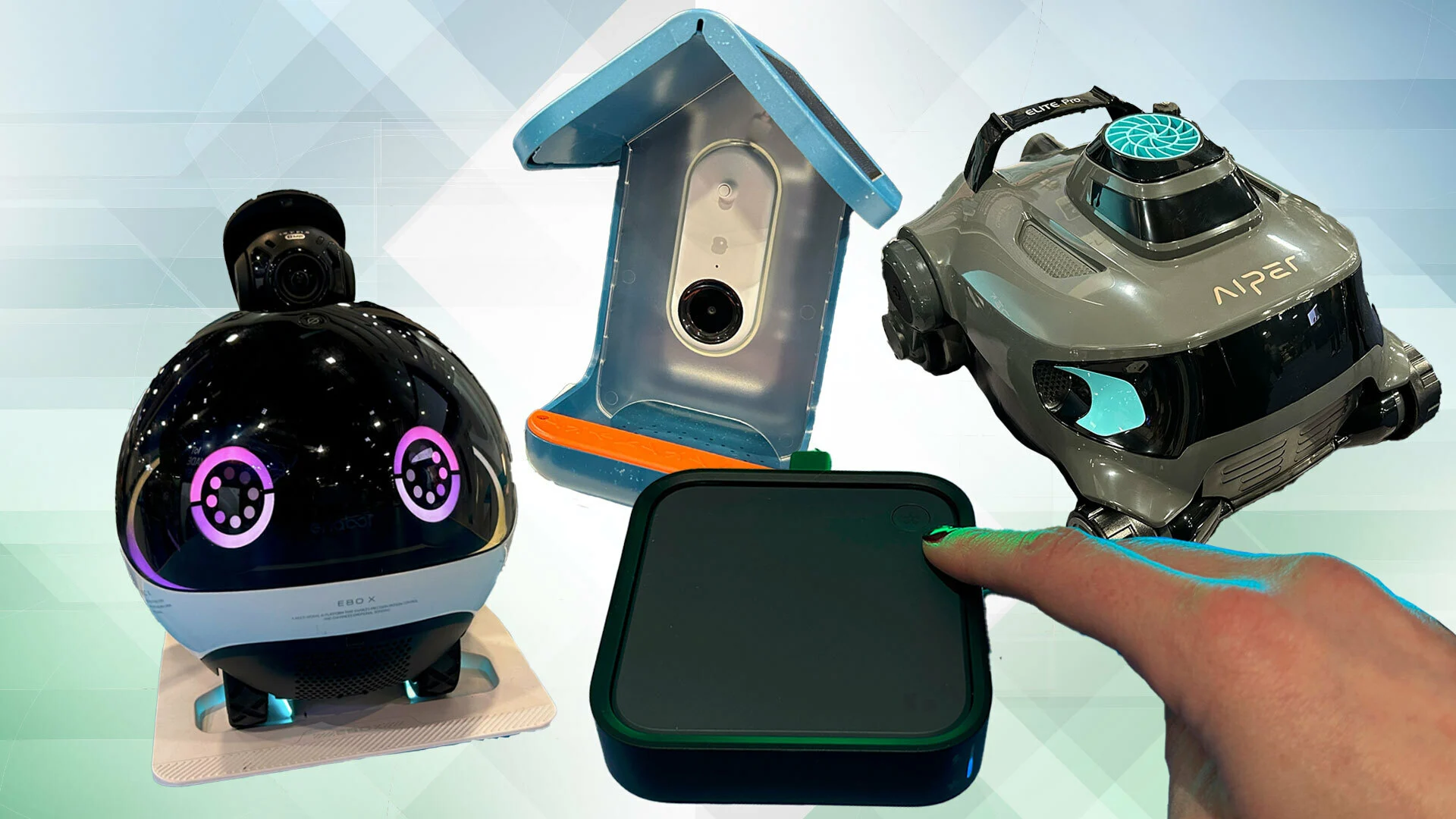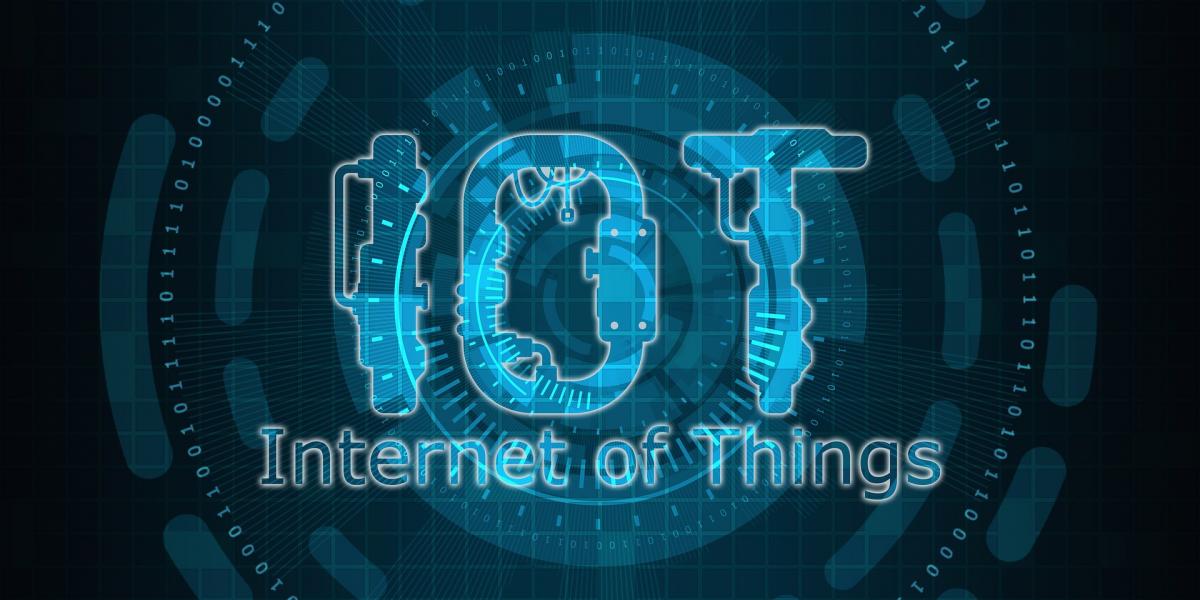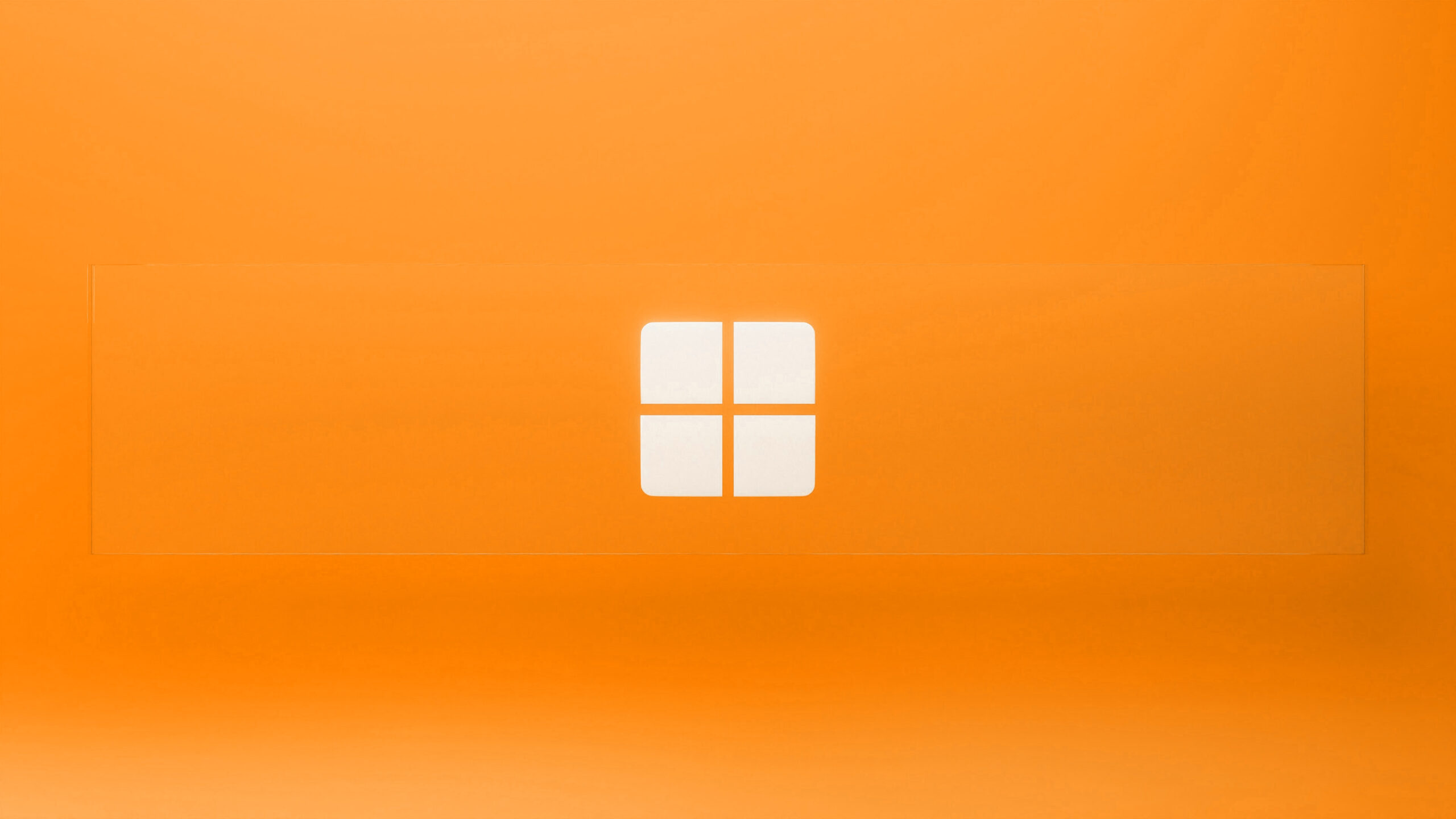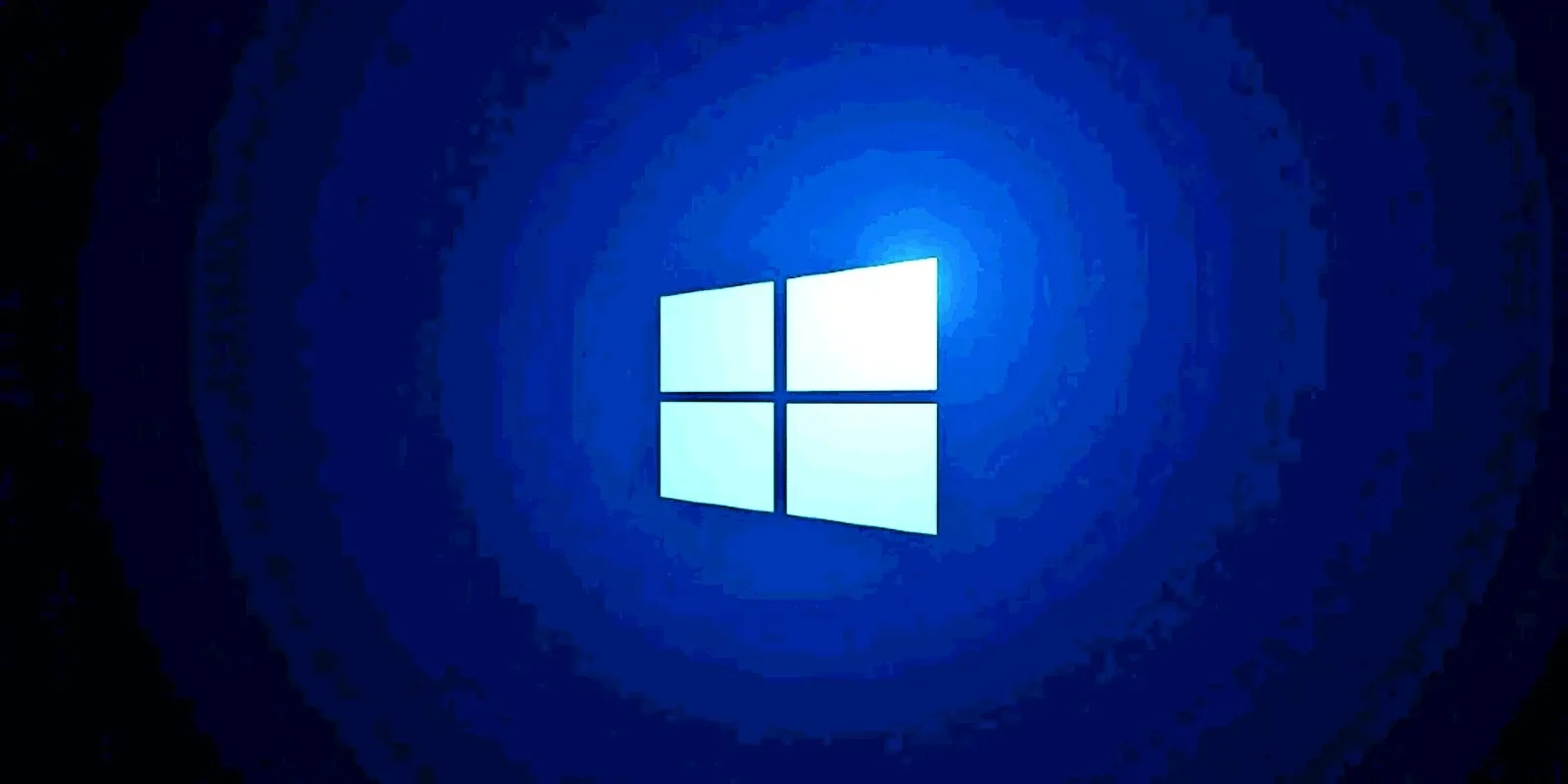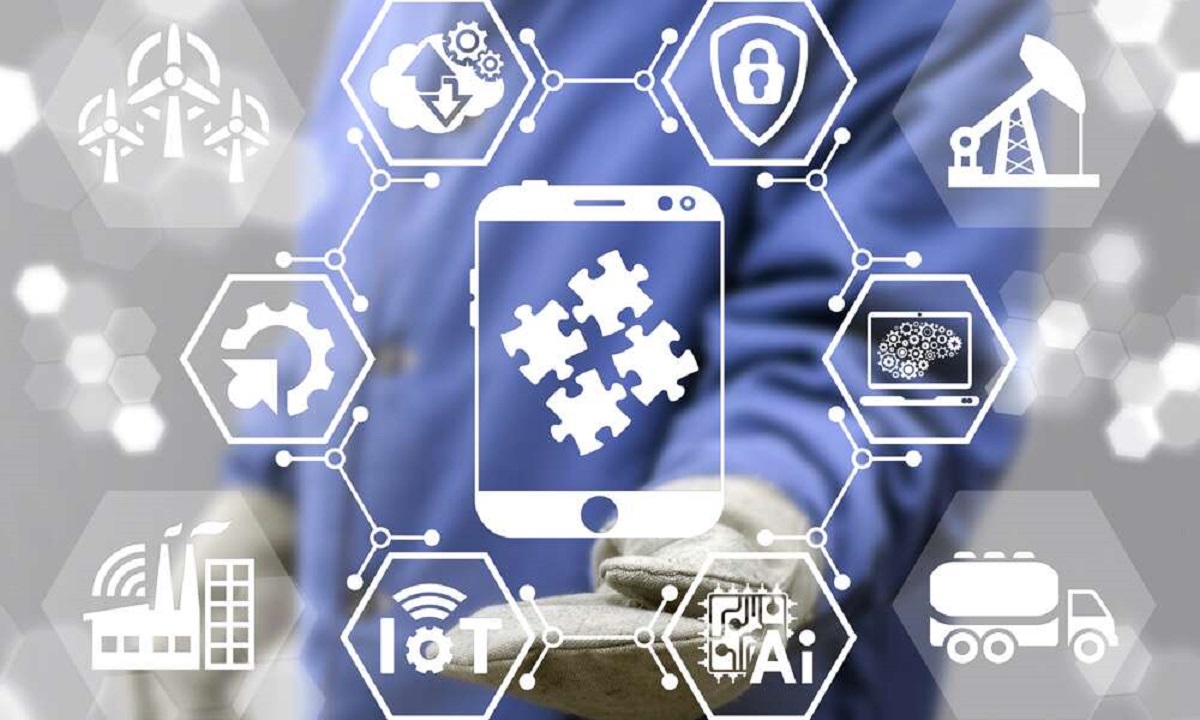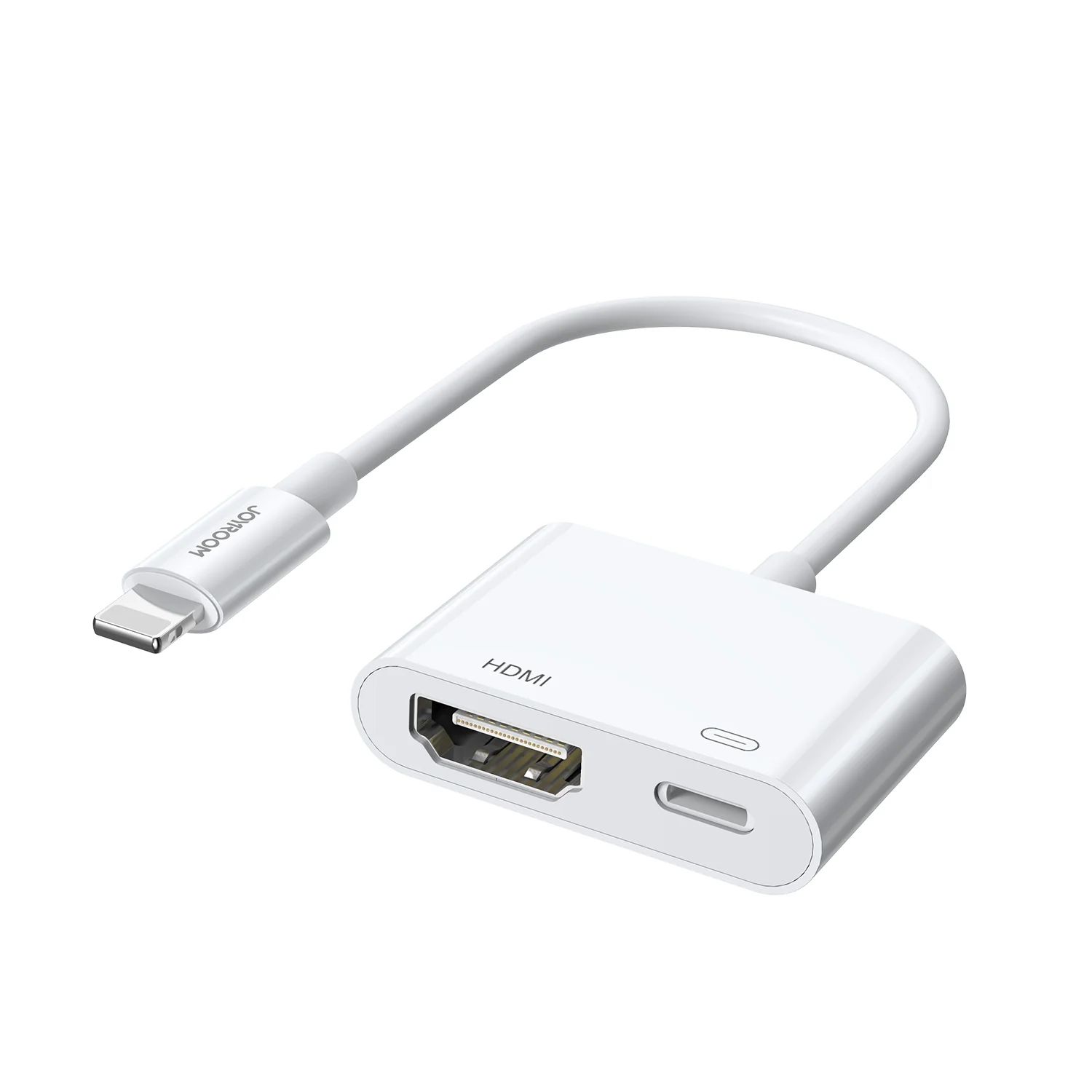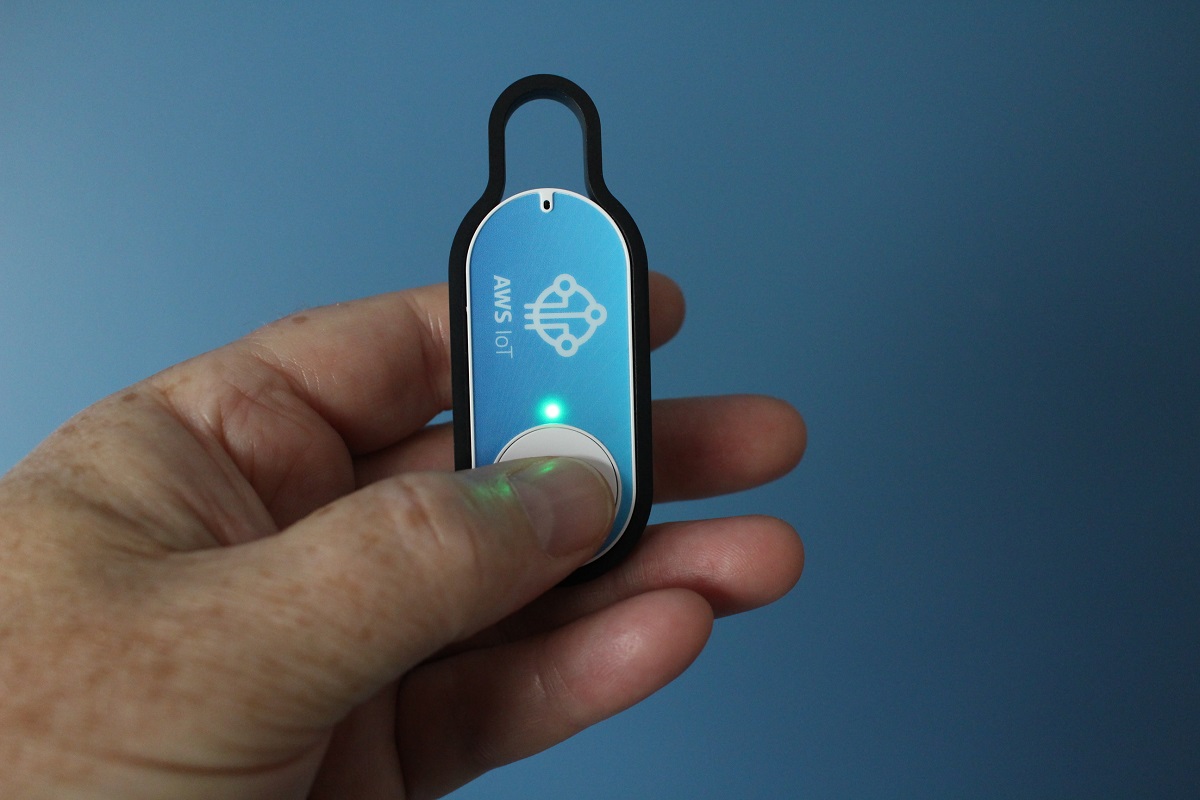Introduction
The Internet of Things, commonly referred to as IoT, is a rapidly growing technology that is transforming the way we live and interact with our surroundings. In today’s interconnected world, IoT holds the potential to revolutionize various industries and improve efficiency, convenience, and quality of life for individuals and organizations alike. Understanding how IoT works is crucial to grasp its impact and envision its future implications.
IoT refers to the network of physical devices, vehicles, appliances, and other objects embedded with sensors, software, and connectivity, enabling them to collect and exchange data. These smart devices are interconnected and can communicate with each other and with us through the internet, providing real-time information and enabling remote control and monitoring.
The core concept of IoT is to connect previously “dumb” devices and enable them to perform intelligent actions based on data analysis. This connectivity and automation have the potential to revolutionize industries such as healthcare, transportation, manufacturing, agriculture, and smart homes.
The components of IoT include sensors and devices, connectivity, data processing, cloud computing, communication protocols, and security measures. Sensors and devices are the physical objects that collect data, such as temperature, proximity, or pressure. These devices can range from simple wearables like fitness trackers to complex machinery used in industrial settings.
Connectivity is crucial in IoT as it allows devices to communicate with each other and with the internet. This can be achieved through various technologies such as Wi-Fi, Bluetooth, cellular networks, or satellite connections. The availability of reliable and high-speed connectivity is essential for the successful implementation of IoT.
Data processing is a vital aspect of IoT, as the massive amounts of data collected need to be analyzed and interpreted. Data analytics and artificial intelligence algorithms can extract meaningful insights from the collected data, enabling informed decision-making and automation of processes.
Cloud computing plays a significant role in IoT by offering storage and computing capabilities for the collected data. The cloud provides a scalable and flexible infrastructure that can handle the data requirements of IoT applications. It allows for seamless integration and access to data from anywhere, at any time.
Communication protocols ensure that the connected devices can effectively exchange and understand data. Standard protocols like MQTT (Message Queuing Telemetry Transport) and HTTP (Hypertext Transfer Protocol) enable interoperability among different devices and systems, regardless of their manufacturer or technology.
Security and privacy are crucial considerations in IoT, as the increasing connectivity also opens up potential vulnerabilities. Measures such as authentication, data encryption, and secure communication protocols are necessary to protect sensitive information and prevent unauthorized access.
The applications of IoT are vast and diverse. In healthcare, IoT devices can monitor patients remotely, collect vital signs, and provide real-time alerts. In smart homes, IoT can automate lighting, temperature control, and security systems. In agriculture, IoT can optimize irrigation and monitor soil conditions. The possibilities are endless, and the adoption of IoT continues to expand.
While IoT brings numerous benefits, it also presents challenges and risks. Issues related to data privacy, interoperability, scalability, and cybersecurity need to be addressed to ensure the smooth and secure implementation of IoT. Collaboration between industry stakeholders, policymakers, and researchers is essential in overcoming these challenges and reaping the full potential of IoT.
The future of IoT looks promising, as the technology continues to evolve and advance. With advancements in areas such as 5G networks, edge computing, and artificial intelligence, IoT is poised to become even more ubiquitous and transformative in various aspects of our lives.
What is IoT?
The Internet of Things (IoT) refers to the network of physical devices, vehicles, appliances, and other objects embedded with sensors, software, and connectivity, enabling them to collect and exchange data. These smart devices are interconnected and can communicate with each other and with us through the internet, providing real-time information and enabling remote control and monitoring.
The concept behind IoT lies in the idea of connecting previously “dumb” devices and enabling them to perform intelligent actions based on data analysis. By connecting and automating everyday objects, IoT has the potential to transform various industries and enhance efficiency and convenience in our daily lives.
At its core, IoT relies on three main components: sensors, connectivity, and data processing. Sensors are responsible for gathering data from the environment. These sensors can measure physical characteristics such as temperature, humidity, pressure, or even detect motion and light. With advancements in technology, sensors have become increasingly smaller, more affordable, and power-efficient, making it easier to integrate them into various devices and objects.
Connectivity is a crucial aspect of IoT as it enables devices to exchange data and communicate with each other and with the internet. There are multiple connectivity options available, including Wi-Fi, Bluetooth, cellular networks, and low-power wide-area networks (LPWAN). The choice of connectivity technology depends on the specific use case and requirements of the IoT application.
Data processing is another fundamental component of IoT. The massive amount of data generated by sensors needs to be analyzed and interpreted to derive meaningful insights. Data analytics techniques, such as machine learning and artificial intelligence algorithms, are used to process and make sense of the data. These insights can then be used to drive decision-making, automate processes, and improve efficiency.
In addition to these core components, IoT also relies on cloud computing and communication protocols to enable seamless data storage, integration, and exchange. Cloud computing provides the infrastructure and resources to store and process data from IoT devices. It allows for scalable and flexible solutions, ensuring that IoT applications can handle the data requirements efficiently.
Communication protocols, such as MQTT (Message Queuing Telemetry Transport) and HTTP (Hypertext Transfer Protocol), ensure that different devices and systems can effectively exchange data regardless of their manufacturer or technology. These standard protocols enable interoperability and facilitate seamless communication in the IoT ecosystem.
IoT has a wide range of applications across various industries. In healthcare, IoT devices can monitor patients remotely, collect vital signs, and alert healthcare professionals in real-time. In smart homes, IoT can automate lighting, temperature control, and security systems for enhanced comfort and security. In agriculture, IoT can optimize irrigation by monitoring soil moisture levels, weather conditions, and crop health.
While IoT brings numerous benefits and opportunities, it also poses challenges and risks. Data privacy and security are major concerns as the increasing connectivity exposes devices and data to potential vulnerabilities. Interoperability among different IoT platforms and devices is also a challenge, as compatibility issues may arise. Additionally, the massive amount of data generated by IoT devices poses challenges in terms of storage, processing, and analysis.
Despite these challenges, the future of IoT looks promising. With advancements in technologies such as 5G networks, edge computing, and artificial intelligence, IoT is expected to become even more pervasive and transformative in various aspects of our lives. Through collaboration and innovation, the full potential of IoT can be harnessed, leading to a more connected and intelligent world.
The Components of IoT
IoT consists of several key components that work together to enable the seamless collection, exchange, and processing of data. These components include sensors and devices, connectivity, data processing, cloud computing, communication protocols, and security measures.
Sensors and devices play a crucial role in IoT as they are responsible for gathering data from the physical environment. These devices can range from simple sensors that measure temperature, light, or motion, to complex industrial machinery with embedded sensors. The data collected by these devices provides valuable insights and forms the foundation for decision-making and automation in IoT applications.
Connectivity is essential in IoT as it enables devices to communicate and exchange data with each other and with the internet. The choice of connectivity technology depends on the specific requirements of the application. Wi-Fi and Bluetooth are commonly used for short-range connections, while cellular networks provide widespread coverage for remote and mobile applications. Low-power wide-area networks (LPWAN) are suitable for devices that require long battery life and operate at low data rates.
Data processing is a critical component of IoT as the massive amounts of data collected need to be analyzed and interpreted. Data analytics techniques, such as machine learning and artificial intelligence algorithms, are used to extract meaningful insights from the data. This analysis allows businesses and organizations to make informed decisions, optimize processes, and improve efficiency.
Cloud computing plays a significant role in IoT by providing the necessary infrastructure for storing, processing, and managing the data. The cloud offers scalability and flexibility, allowing IoT applications to handle the large volumes of data generated by connected devices. It also enables seamless integration and access to data from anywhere, at any time, providing real-time insights and enabling remote control and monitoring.
Communication protocols are essential for ensuring the interoperability and seamless exchange of data between different devices and systems in the IoT ecosystem. Standard protocols such as MQTT (Message Queuing Telemetry Transport) and HTTP (Hypertext Transfer Protocol) facilitate communication and enable devices from different manufacturers to work together seamlessly. These protocols ensure the efficient and secure transfer of data, regardless of the underlying technology.
Security measures are crucial in IoT to protect the devices, data, and privacy of users. With the increasing connectivity, IoT devices become potential targets for cyber attacks. Authentication, encryption, and secure communication protocols are implemented to safeguard sensitive information and prevent unauthorized access. Security measures also include regular software updates and vulnerability assessments to address emerging threats.
The components of IoT work together to create a network of connected devices and enable the exchange of data and information. This interconnectedness has paved the way for innovative applications in various industries, such as healthcare, transportation, manufacturing, and smart homes. Through the seamless integration of sensors, connectivity, data processing, cloud computing, communication protocols, and security measures, IoT has the potential to transform the way we live and work.
Sensors and Devices
Sensors and devices are the foundational components of IoT, playing a crucial role in collecting real-time data from the physical environment. These devices can range from simple sensors to complex machinery, all embedded with sensors, software, and connectivity that enable them to participate in the IoT ecosystem.
The purpose of sensors in IoT is to measure and gather various physical characteristics and environmental data. These measurements can include temperature, humidity, pressure, proximity, motion, light, and many more. Sensors can be integrated into a wide array of devices, such as wearables, appliances, vehicles, industrial equipment, and infrastructure.
One of the key characteristics of IoT devices is their ability to connect to the internet and transmit the collected data. This connectivity allows devices to communicate with each other and with other systems, enabling remote control, monitoring, and data exchange. This seamless integration of devices creates a network that can work together to provide valuable insights and improve functionality.
IoT devices come in various forms, each with unique capabilities and applications. Wearable devices, such as fitness trackers and smartwatches, are popular examples that can collect data about physical activity, heart rate, sleep patterns, and more. These devices can provide valuable information for personal health and fitness monitoring.
Smart home devices, such as thermostats, lighting systems, and security cameras, are another prominent application of IoT. These devices can be controlled remotely through smartphone apps or voice assistants, allowing homeowners to manage their homes’ comfort, security, and energy consumption with ease.
In industrial settings, IoT devices are utilized to monitor and optimize processes. Industrial IoT (IIoT) systems use sensors and devices to collect data on machine performance, production rates, temperature, and other relevant metrics. This data enables predictive maintenance, process optimization, and ultimately increases productivity and efficiency.
The integration of IoT devices in transportation has led to advancements in connected vehicles. Sensors embedded in cars can provide real-time data on speed, location, fuel efficiency, and maintenance needs. This data can be used for fleet management, optimizing routes, and enhancing overall vehicle performance and safety.
Agriculture has also seen the benefits of IoT devices in improving efficiency and yield. Connected sensors can monitor soil moisture levels, temperature, and humidity, allowing farmers to optimize irrigation and make data-driven decisions about planting and crop health. This precision agriculture approach can lead to resource conservation and higher crop yields.
As IoT continues to progress, there are ongoing efforts to make sensors and devices smaller, more energy-efficient, and cost-effective. This enables their integration into a wider range of applications and expands the possibilities of IoT adoption across industries.
While sensors and devices are critical in collecting data, it is the combination of data analysis, connectivity, and intelligent algorithms that transform the raw data into meaningful insights and enable automation. The success of IoT relies on the seamless integration of these components to unlock the full potential of the interconnected world.
Connectivity
Connectivity is a fundamental component of IoT that enables devices to communicate and exchange data with each other and with the internet. This interconnectedness forms the foundation for the seamless integration and functionality of the IoT ecosystem.
There are various connectivity options available for IoT devices, each with its own advantages and considerations. Wi-Fi is a commonly used connectivity technology that provides high-speed internet access and is suitable for devices within the range of a local network. It is widely available and compatible with a vast array of devices, making it popular in homes, offices, and public spaces.
Bluetooth technology is another widely adopted connectivity option in IoT. It allows for short-range wireless communication between devices, making it suitable for applications such as wearable devices, smart home automation, and personal area networks. Bluetooth Low Energy (BLE) is specifically designed for low-power devices and helps optimize battery life in IoT devices.
Cellular networks, such as 3G, 4G LTE, and emerging 5G, offer widespread coverage and are ideal for IoT applications that require remote connectivity or mobility. This includes applications in transportation, logistics, and outdoor monitoring. Cellular networks provide reliable and continuous connectivity, ensuring seamless data transmission even when devices are on the move.
Low-power wide-area networks (LPWAN) are specifically designed for IoT devices that operate on low power and generate small amounts of data. LPWAN technologies, such as LoRaWAN and NB-IoT, have excellent range capabilities and can cover large areas with minimal infrastructure requirements. These networks are suitable for applications that prioritize long battery life and cost-effective deployment.
Another emerging connectivity option for IoT is satellite communication, which allows for global coverage. Satellite connectivity is particularly valuable in remote and rural areas where traditional connectivity options may be limited. It enables IoT applications such as asset tracking, environmental monitoring, and disaster management in areas without readily available infrastructure.
Regardless of the chosen connectivity technology, security and reliability are essential considerations in IoT. Connected devices exchange sensitive data, and encryption and authentication protocols are necessary to ensure the privacy and integrity of the data being transmitted. Secure communication protocols, such as SSL/TLS, are implemented to protect against unauthorized access and data breaches.
As the IoT ecosystem grows and expands, there is increased emphasis on standardization and interoperability among different connectivity technologies. This allows devices from different manufacturers and platforms to work together seamlessly. Organizations such as the Open Connectivity Foundation (OCF) and the Internet Engineering Task Force (IETF) work to establish and promote standards that ensure the compatibility and interoperability of IoT devices.
Connectivity is a fundamental enabler of IoT, bridging the physical and digital worlds. It allows devices to collect and exchange data, enabling real-time monitoring, control, and automation. The choice of connectivity technology depends on the specific requirements and constraints of the application, and careful consideration is given to factors such as range, power consumption, data rate, latency, and cost.
As technology continues to evolve, advancements in connectivity, such as the rollout of 5G networks, promise to unlock new possibilities and opportunities for IoT. Connecting billions of devices and enabling seamless communication is crucial in realizing the full potential of IoT in transforming industries, improving efficiency, and enhancing our daily lives.
Data Processing
Data processing is a critical component of IoT that involves the analysis and interpretation of the massive amounts of data collected from sensors and devices. The data collected by IoT devices is typically raw and unstructured, and it needs to be processed to extract meaningful insights and enable informed decision-making.
With the advancements in technology, the data processing capabilities in IoT have become more sophisticated and efficient. Data analytics techniques, such as machine learning and artificial intelligence algorithms, play a crucial role in transforming the raw data into actionable information.
The first step in data processing is data preprocessing, which involves cleaning and preparing the data for analysis. This includes removing outliers, handling missing values, and transforming the data into a suitable format for further analysis. Data preprocessing ensures that the data is of high quality and reduces noise and errors that could impact the accuracy of the analysis.
Once the data is preprocessed, various analytical techniques can be applied to derive insights. Descriptive analytics techniques provide summary statistics and visualizations that describe the patterns and trends in the data. This helps in understanding the current state of the system and identifying areas for improvement.
Predictive analytics techniques leverage historical data to make predictions about future events or outcomes. Machine learning algorithms, such as regression, time series forecasting, or classification models, are utilized to identify patterns and correlations in the data that can be used to make predictions. These predictions can be used for proactive decision-making, anomaly detection, and predictive maintenance.
Prescriptive analytics takes data analysis a step further by suggesting the best course of action based on the insights derived from the data. Optimization algorithms and simulation techniques are used to consider multiple scenarios and find the most optimal solution to a given problem. This enables organizations to make data-driven decisions and optimize processes, leading to improved efficiency and cost savings.
Data processing in IoT requires a robust infrastructure to handle the large volumes of data generated by connected devices. Cloud computing plays a vital role in providing the necessary storage and computing resources. IoT data can be stored in the cloud, making it easily accessible from anywhere, at any time. Cloud platforms also offer scalability, allowing the system to handle spikes in data volume effortlessly.
Edge computing is another approach to data processing in IoT. With edge computing, data processing is performed closer to the source of data, reducing latency and minimizing the need for continuous data transmission to the cloud. This is particularly beneficial in scenarios where real-time responses are critical, such as autonomous vehicles or industrial automation.
Privacy and security are important considerations in data processing. Sensitive data collected by IoT devices must be protected to ensure the privacy of individuals and the integrity of the system. Data encryption, secure communication protocols, and access control mechanisms are implemented to safeguard the data throughout the processing pipeline.
Data processing is a crucial aspect of IoT, as it transforms raw sensor data into actionable insights. By leveraging data analytics techniques and advanced algorithms, organizations can make informed decisions, optimize processes, and improve overall efficiency. With the advancement of technology, data processing capabilities continue to evolve, and IoT is poised to become even more intelligent and impactful in various industries.
Cloud Computing
Cloud computing plays a vital role in enabling the storage, management, and processing of the vast amounts of data generated by IoT devices. It provides a scalable and flexible infrastructure that allows organizations to harness the full potential of the data collected from connected devices.
IoT devices generate enormous volumes of data, and cloud computing offers a solution for efficiently storing and managing this data. The cloud provides virtually unlimited storage capacity, eliminating the need for organizations to invest in and maintain their own physical infrastructure. This scalability allows organizations to accommodate the growing data demands of IoT applications without worrying about running out of storage space.
Cloud computing offers several advantages for data processing in IoT. The cloud provides powerful computing resources that can handle the complex analysis and processing required to derive meaningful insights from IoT data. This computation power enables organizations to apply advanced analytics techniques, including machine learning and artificial intelligence algorithms, to discover patterns, make predictions, and optimize processes.
One of the key benefits of cloud computing in IoT is the availability of data from anywhere, at any time. IoT devices can send data to the cloud, and authorized users can access this data remotely through various devices such as smartphones, tablets, or computers. This real-time access to data allows for monitoring, control, and decision-making, even when the user is not physically present at the location of the IoT devices.
Another advantage of utilizing cloud computing in IoT is the ability to facilitate integration and collaboration among different devices and systems. The cloud acts as a central hub where data from different sources can be stored, processed, and shared. This interoperability enables seamless communication and data exchange between IoT devices, regardless of their manufacturers or protocols. It also allows for the integration of additional services, such as data visualization tools or third-party applications, to further enhance the capabilities of IoT systems.
Security is a paramount concern in IoT, and cloud computing provides robust security measures to safeguard the data and the IoT ecosystem. Cloud service providers implement encryption, authentication, and access control mechanisms to protect sensitive data from unauthorized access. Continuous monitoring, regular security updates, and disaster recovery plans are also implemented to ensure the integrity and availability of the data.
As the IoT ecosystem continues to expand, there is also an increasing demand for edge computing. Edge computing brings the processing and analysis closer to the source of data, reducing latency and minimizing the need for continuous data transmission to the cloud. This is particularly useful in applications where real-time responses are critical, such as autonomous vehicles or industrial automation. Edge computing complements cloud computing by providing localized processing power while still leveraging the cloud for storage, scalability, and data management.
Cloud computing has revolutionized the way organizations leverage IoT data, providing the infrastructure, scalability, and security required to harness the power of connected devices. As technology continues to advance, cloud computing will play an increasingly critical role in supporting IoT applications across various industries and enabling the seamless integration of IoT devices with existing IT systems.
Communication Protocols
Communication protocols are a vital component of the Internet of Things (IoT), enabling devices to effectively exchange data and communicate with each other. These protocols define the rules and standards for the format, transmission, and interpretation of data, ensuring seamless interoperability among different devices and systems in the IoT ecosystem.
Standard communication protocols are essential in IoT to overcome the challenge of diverse technologies, manufacturers, and data formats. They provide a common language that allows devices from different manufacturers to communicate with each other, facilitating integration and interoperability in IoT applications.
One of the commonly used protocols in IoT is MQTT (Message Queuing Telemetry Transport). MQTT is a lightweight publish-subscribe messaging protocol that is designed for constrained devices and low-bandwidth, unreliable networks. It is ideal for applications that require real-time data transmission, such as remote monitoring and control systems. MQTT allows devices to publish data to a central broker, which then distributes the data to subscribed devices or applications.
Another widely adopted protocol in IoT is HTTP (Hypertext Transfer Protocol). HTTP is the protocol used for communication on the World Wide Web, and it enables devices to send requests and receive responses from servers. HTTP is commonly used in IoT applications that require web-based interfaces or cloud connectivity. It allows for easy integration with web services and APIs, making it suitable for applications such as smart home automation or monitoring systems.
CoAP (Constrained Application Protocol) is specifically designed for resource-constrained devices and networks in IoT. It is an application-layer protocol that enables devices to interact with each other using lightweight RESTful principles. CoAP is commonly used in scenarios where low energy consumption and efficient bandwidth utilization are critical, such as smart grid systems or sensor networks.
Zigbee is a communication protocol that is designed for low-power wireless networks. It operates on the IEEE 802.15.4 physical radio standard and provides a mesh network topology. Zigbee is commonly used in applications that require low power consumption and long battery life, such as home automation, lighting control, or industrial monitoring and control systems.
LoRaWAN is a long-range, low-power wide-area network (LPWAN) protocol designed for IoT applications that require long-range connectivity and low energy consumption. It utilizes the LoRa modulation technology to enable communication over large distances while maintaining long battery life. LoRaWAN is commonly used in applications such as asset tracking, environmental monitoring, and smart cities.
Security is a critical consideration when it comes to communication protocols in IoT. Protocols should support authentication, encryption, and secure data transmission to protect against unauthorized access and ensure the privacy and integrity of the data. Standards such as SSL/TLS (Secure Sockets Layer/Transport Layer Security) are commonly used to ensure secure communication between devices and servers.
The choice of communication protocol in IoT depends on various factors such as the specific use case, power requirements, communication range, data rate, and ecosystem compatibility. It is essential for developers and organizations to carefully evaluate these factors and select the most suitable protocol to ensure seamless interoperability and efficient communication in their IoT applications.
Overall, communication protocols are the backbone of IoT, enabling devices to exchange data and communicate effectively. By providing standardized rules and formats, these protocols ensure interoperability and integration, enabling the successful implementation of IoT applications across various industries and use cases.
Security and Privacy
Security and privacy are critical considerations in the Internet of Things (IoT) ecosystem. With the increasing connectivity and data collection capabilities of IoT devices, ensuring the protection of sensitive information and maintaining user privacy is paramount.
One of the main security concerns in IoT is data protection. IoT devices collect a vast amount of data, ranging from personal information to sensor readings. This data needs to be protected to prevent unauthorized access, data breaches, and misuse. Encryption is a widely used technique to secure data transmission and storage. It ensures that data is encrypted during transfer, making it unreadable to unauthorized individuals or systems. Strong encryption algorithms, such as AES (Advanced Encryption Standard), are commonly employed to ensure the integrity and confidentiality of the data.
Authentication is another important aspect of IoT security. IoT devices must be authorized and verified before being granted access to sensitive data or performing specific actions. Techniques such as secure digital certificates, public-key infrastructure (PKI), or two-factor authentication help establish the identity of devices and protect against unauthorized access.
Secure communication protocols, such as SSL/TLS (Secure Sockets Layer/Transport Layer Security), play a significant role in ensuring the privacy and integrity of the data transmitted between devices and servers. These protocols provide encryption, data integrity checks, and authentication, ensuring that data remains confidential and tampering is detected. Additionally, secure communication protocols protect against man-in-the-middle attacks and eavesdropping.
Physical security is crucial in IoT as well. Physical tampering or unauthorized access to devices can compromise the security of the entire system. Measures such as tamper-proof seals, secure enclosures, and restricted access to devices can help mitigate physical security risks. In certain cases, devices might even incorporate mechanisms to self-destruct or wipe data in the event of tampering.
Privacy concerns arise due to the vast amount of personal data collected by IoT devices. Organizations must adhere to privacy regulations and provide transparency on how data is collected, used, and shared. Privacy by design principles should be applied, ensuring that data collection is minimized, consent for data usage is obtained, and data anonymization techniques are employed where applicable. Data minimization and anonymization techniques reduce the risk of individuals being identified or their sensitive information being exposed.
As IoT devices are often interconnected, a compromised device can potentially impact the security of the entire network. Therefore, regular software updates and patches are crucial to address known vulnerabilities and protect against emerging threats. The continuous monitoring of devices and networks for security breaches and anomalies is also important for early detection and response to potential security incidents.
Collaboration between industry stakeholders and regulatory bodies is vital to establish and enforce IoT security standards and best practices. Organizations need to invest in robust security measures, conduct thorough risk assessments, and prioritize security in the design and development of IoT systems.
Education and awareness are essential aspects of IoT security and privacy. Users must be informed about the potential risks, security features, and best practices when using IoT devices. Manufacturers should prioritize user-friendly interfaces, clear privacy policies, and transparent practices to build trust among consumers.
Ultimately, ensuring the security and privacy of IoT devices and data is a shared responsibility. By employing robust security measures, adhering to privacy regulations, and promoting a security-first mindset, the potential risks of IoT can be effectively mitigated, and users can confidently embrace the benefits of a connected world.
Applications of IoT
The Internet of Things (IoT) has opened up a wide range of innovative applications across various industries, transforming the way processes and systems function. The ability to connect and collect data from everyday objects has revolutionized industries, improving efficiency, automation, and decision-making processes.
In healthcare, IoT has the potential to improve patient care and monitoring. Connected devices, such as wearable sensors and remote monitoring systems, can collect real-time health data and transmit it to healthcare professionals. This enables remote patient monitoring, early detection of health issues, and timely interventions. IoT devices in healthcare can also aid in the management of chronic conditions, medication adherence, and elderly care.
Smart homes are another popular application of IoT. Home automation systems utilize IoT devices to control and monitor various aspects of a home, such as lighting, temperature, security systems, and appliances. Smart speakers and voice assistants have gained popularity, allowing users to control their smart homes through voice commands. IoT enables improved energy efficiency, convenience, and security in households.
IoT has significant applications in industrial settings, leading to the emergence of Industrial IoT (IIoT). IIoT leverages sensors and devices to collect data on machine performance, production rates, and environmental conditions. This data enables predictive maintenance, process optimization, and enhanced productivity. IIoT also facilitates remote monitoring of equipment and systems, reducing the need for manual inspections and minimizing downtime.
In the transportation sector, IoT has paved the way for intelligent and connected vehicles. Connected cars can collect and send data about speed, location, fuel efficiency, and vehicle performance. This data is used for vehicle diagnostics, maintenance scheduling, and optimizing routes. IoT technology in transportation also enables advancements in autonomous vehicles and smart traffic management systems, leading to improved safety and reduced congestion.
Agriculture has seen significant benefits from IoT applications, leading to the concept of precision agriculture. IoT sensors can monitor soil moisture levels, temperature, humidity, and plant health. This data can help farmers optimize irrigation schedules, make data-driven decisions about fertilizer application, and detect anomalies in crop health. IoT in agriculture enables resource efficiency, higher yields, and sustainable farming practices.
Smart cities are another prominent application area of IoT. By connecting infrastructure and systems, IoT can improve the quality of life for city dwellers. Smart city solutions include intelligent transportation systems, smart energy grids, waste management systems, air quality monitoring, and public safety systems. IoT technologies enable efficient resource allocation, reduced energy consumption, and a safer urban environment.
Other areas where IoT has made an impact include retail, where IoT devices enable personalized shopping experiences, inventory management, and supply chain optimization. In environmental monitoring, IoT devices can collect data on air quality, water quality, and weather conditions. This data is used for environmental research, disaster management, and early warning systems.
The applications of IoT continue to evolve and expand as technology advances. As more devices become connected, industries and organizations can leverage the power of IoT to drive innovation, improve efficiency, and enhance the overall quality of life for individuals and communities.
Challenges and Risks in IoT
While the Internet of Things (IoT) brings numerous benefits and transformative opportunities, it also presents several challenges and risks that need to be addressed for its successful implementation and widespread adoption.
One of the primary challenges in IoT is the issue of interoperability. As IoT devices come from various manufacturers and utilize different communication protocols, ensuring seamless integration and communication among devices can be complex. This lack of interoperability hinders the development of cohesive IoT ecosystems and limits the potential of cross-platform collaboration.
The sheer volume of data generated by IoT devices poses another challenge. Processing and analyzing this vast amount of data can strain existing IT infrastructures and may require significant computational and storage resources. Implementing scalable and efficient data processing methodologies, such as edge computing and cloud solutions, is crucial to overcome this challenge.
Data privacy and security are major concerns in IoT. The collection, storage, and transmission of large amounts of sensitive data raise the risk of data breaches and unauthorized access. IoT devices must be equipped with robust security measures, including encryption, authentication, and access control, to safeguard the privacy and integrity of the data. Additionally, organizations need to adhere to privacy regulations and transparently communicate data usage and storage practices to users.
IoT systems are vulnerable to cyber attacks due to the increasing number of interconnected devices. Hackers can exploit vulnerabilities in IoT devices to gain unauthorized access, launch botnets, or disrupt critical services. Lack of regular software updates, weak passwords, and inadequate security measures contribute to the susceptibility of IoT devices. Organizations need to prioritize security and implement measures such as regular patch management and vulnerability assessments to ensure the resilience of IoT systems.
Scalability is another challenge in IoT implementation. As the number of connected devices increases, managing and scaling the infrastructure becomes more complex. The ability to handle the exponential growth of IoT devices requires careful planning and infrastructure design to accommodate the increasing data volumes and network demands.
Power consumption is a concern in battery-powered IoT devices. Many IoT devices are designed to operate on low power to extend battery life. Optimizing power efficiency and exploring alternative power sources can help address this challenge and ensure the long-term viability of battery-powered devices.
In addition to technical challenges, IoT also faces regulatory and legal hurdles. The fast-paced nature of IoT development often outpaces the establishment of comprehensive regulations. Governing bodies and policymakers need to keep pace with technological advancements to ensure the privacy, security, and ethical use of IoT data.
Finally, user acceptance and adoption pose challenges in IoT. Concerns about data privacy, security, and the complexity of IoT devices may hinder the widespread adoption of IoT technology. Educating users about the benefits and risks of IoT, providing user-friendly interfaces, and addressing privacy concerns are necessary to increase consumer trust and adoption.
Addressing these challenges requires collaboration among stakeholders, including industry, academia, policymakers, and users. By investing in research and development, regulating IoT security and privacy, and fostering standardization and interoperability, the full potential and benefits of IoT can be realized while mitigating the associated risks.
Future of IoT
The future of the Internet of Things (IoT) holds immense potential for further transformation and innovation across various industries and domains. As technology continues to advance, IoT is poised to become even more integrated into our daily lives, offering unprecedented opportunities and advancements.
One significant development that will shape the future of IoT is the deployment of 5G networks. With its higher bandwidth, lower latency, and increased capacity, 5G will enable faster and more reliable communication between IoT devices. This will unlock new possibilities, such as real-time applications, autonomous vehicles, remote surgeries, and massive-scale IoT deployments.
Edge computing is another key trend that will shape the future of IoT. By processing and analyzing data closer to the edge, at or near the source of data collection, edge computing reduces latency and addresses the limitations of cloud computing for real-time applications. This facilitates faster decision-making, enhances privacy and security, and reduces the need for continuous data transmission to the cloud.
Artificial intelligence (AI) and machine learning (ML) will play a crucial role in the future of IoT. By applying AI and ML algorithms to IoT data, devices can become more intelligent, enabling autonomous decision-making and better context-awareness. The ability to process and analyze IoT data in real-time will unlock new insights, enabling predictive maintenance, anomaly detection, and personalized experiences.
The integration of IoT with blockchain technology holds promise for enhanced security and transparency. Blockchain can provide a decentralized and immutable ledger, ensuring data integrity, secure transactions, and authentication in IoT networks. This technology can streamline supply chain management, enable secure transactional systems, and facilitate trusted interactions between IoT devices across industries.
Interoperability and standardization efforts will shape the future of IoT. As the number of connected devices increases, ensuring interoperability among devices, platforms, and systems becomes crucial. Organizations such as the Open Connectivity Foundation (OCF) and the Internet Engineering Task Force (IETF) are working to establish standard protocols and guidelines to enable seamless communication and integration of IoT devices and systems.
IoT has the potential to revolutionize sustainability and environmental conservation. By utilizing IoT devices for precision agriculture, smart energy grids, waste management, and environmental monitoring, we can optimize resource usage, reduce waste, and mitigate the impact on the environment. IoT-powered solutions can bring about sustainable practices and contribute to building greener, more efficient cities and industries.
In the future, IoT will continue to impact healthcare significantly. Remote patient monitoring, telemedicine, and personalized healthcare will become more prevalent, enabling improved access to healthcare services and enhancing patient outcomes. Wearable devices and sensors will empower individuals to take a proactive approach to their health and well-being through real-time monitoring and preventive measures.
The integration of IoT with augmented reality (AR) and virtual reality (VR) technologies will provide immersive and enhanced user experiences. AR and VR can be leveraged in various applications, such as training simulators, remote assistance, and interactive environments. This integration will revolutionize education, entertainment, and the way we interact with the physical and digital worlds.
As technology continues to evolve, the future of IoT holds enormous potential for further advancements and unprecedented innovation. It will create new business models, enhance efficiency and sustainability, and improve the quality of life for individuals and communities worldwide. By harnessing the power of IoT, we can build a smarter, more connected world.







